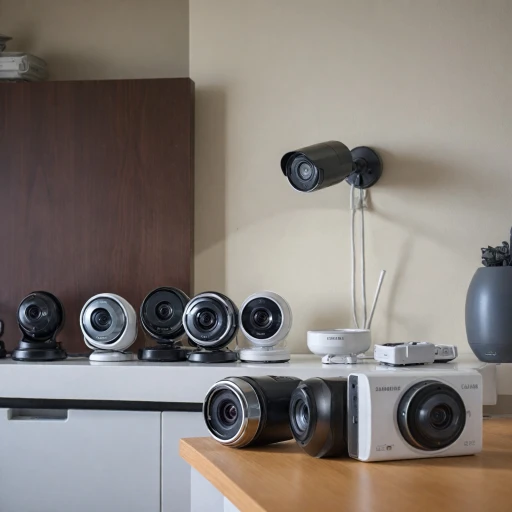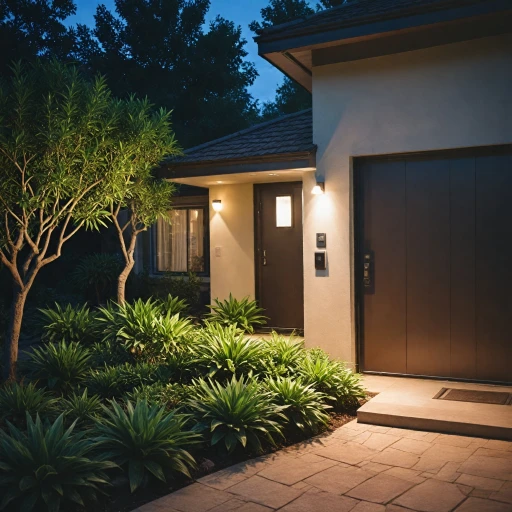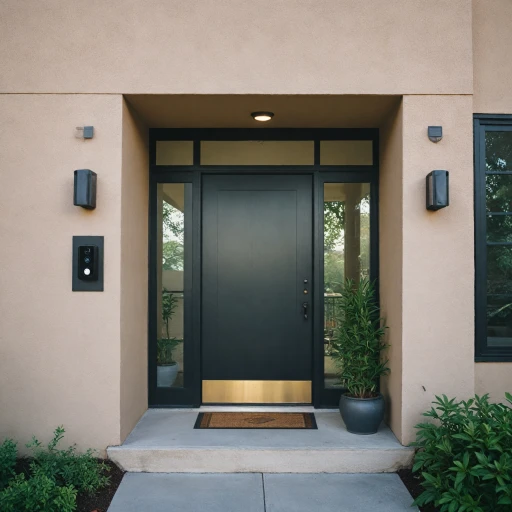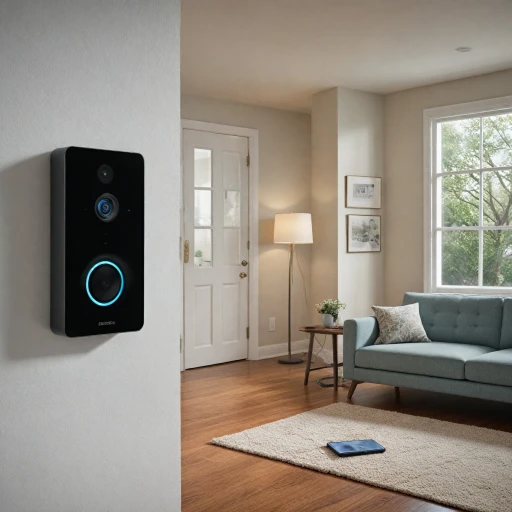
Overview of the Blink Security System
Dive into the Blink Security Ecosystem
The market is flooded with a plethora of security cameras, but what sets Blink apart is its unique approach to home security. Blink, which is a part of Amazon, offers a range of outdoor and indoor cameras that prioritize simplicity and ease of use. These systems are designed to fit seamlessly into any home environment, providing a robust line of defense without the hassle of complicated installations.
Blink security cameras are renowned for their battery-powered systems, which can last for years in some models like the Blink Outdoor and Blink Indoor cameras. A significant advantage is the seamless integration with the Blink app, which allows users to view live footage, adjust settings, and receive notifications directly on their smartphones.
Another standout feature of Blink cameras is their motion detection capabilities. These cameras are adept at recognizing and alerting users to movement in their surveillance areas, thanks to advanced person detection technology. This level of precision reduces the occurrence of false alerts, ensuring that you are only notified of significant events.
The system is enhanced further by the Sync Module, which acts as the hub connecting all the Blink devices in your home. This allows for a seamless experience whether you're using a Blink Mini as an indoor monitor or setting up a Blink Outdoor camera to protect your property’s perimeter.
For more insights on wireless security options, you can explore the top wireless security cameras for your home.
Installation Process and User Experience
Setting Up the Blink Security System: Your Guide to Installation
The installation process of the Blink Security System is designed to be straightforward and user-friendly, making it accessible even for those who are not tech-savvy. Here's a breakdown of what you can expect during the setup process:- Unboxing and Initial Setup: Upon receiving your Blink security package from Amazon, you'll find components such as the Blink outdoor cameras, Blink Mini, Sync Module, batteries, and mounts. Begin by placing the battery into the Blink outdoor camera or Blink indoor units. The Blink Mini, being a wired option, does not rely on batteries.
- Sync Module Connection: The Sync Module acts as the system's brain, coordinating with all Blink cameras. Plug it into a power source and connect it to your home Wi-Fi network. This module is crucial for the cameras' seamless functionality and communication.
- App Configuration: Download the Blink app from your app store. This app is essential for managing your security cameras. Once installed, create an account, and follow the on-screen instructions to add your Sync Module. This effort ensures your cameras are connected and ready to provide a live view.
- Camera Placement and Mounting: Decide where you want to install your Blink security cameras. Considering the camera's field of view is paramount. The outdoor Blink cameras can be mounted using provided kits, ensuring optimal video coverage and effective motion detection.
- Testing and Calibration: After mounting, test the cameras using your app. Verify the motion detection settings and adjust the camera angle if necessary. Ensure night vision capabilities meet your expectations, vital for night time security.
Features and Specifications
Examining Key Attributes and Innovative Specs
The Blink security system offers a range of features designed to meet diverse security needs. It incorporates cameras equipped with high-quality video capabilities, such as HD resolution, ensuring clear footage day and night. Blink cameras, including the Blink Mini and Blink Outdoor, are engineered to provide reliable surveillance both indoors and outdoors, with the added benefit of night vision for low-light scenarios. One of the standout features of the Blink cameras is their motion detection capability, designed to alert users of any unusual activity instantly. This is powered by sophisticated sensors that minimize false alarms. Additionally, the Blink system provides a live view option, allowing you to monitor your home in real time through the Blink app, easily accessible on various devices.Versatile Power Options and Integration
Blink cameras are known for their impressive battery life, utilizing AA lithium batteries that can last up to two years with typical use. This extended battery life makes Blink cameras particularly appealing for outdoor installations where frequent battery changes could be inconvenient. For those seeking alternative power methods, the Blink Outdoor camera can also be connected to a solar panel, ensuring continuous power supply. The system seamlessly connects to a sync module, which serves as a central point for camera communication and ensures stability in connection and data transmission. The Blink app further enhances the user experience by providing easy setup and control of the cameras, as well as integration with Amazon Alexa, allowing for hands-free operation.Efficient Data Management and Cloud Service
When it comes to data management, the Blink system offers options for both cloud storage and local storage through the sync module, accommodating varied preferences for video storage solutions. Customers looking for more insights into exploring the benefits and challenges of ring cam technology might find the Blink security cameras technology noteworthy compared to other options. Overall, the Blink security cameras system delivers a robust solution for modern security requirements, blending convenience and innovation to enhance user safety and peace of mind.Comparing Blink and Ring Cameras
Versatility and Similarities
When diving into the world of security cameras, both Blink and Ring present a range of options that cater to diverse needs. Each system prioritizes the ease of installation and reliable surveillance. However, to make an informed choice, it's crucial to explore how these systems compare in specificity.
Pricing and Components
The Blink system, known for its budget-friendly options, often embraces simple component structures. For example, the Blink Mini provides affordability with wired connectivity for indoor use. On the other hand, Ring cameras are usually bundled with more comprehensive features and additional pricing, catering to users who prioritize advanced capabilities in their security systems.
Comparative Features
- Connectivity and Syncing: Blink cameras commonly require a sync module to connect and function within the network, ensuring streamlined motion detection and video capture. Alternatively, Ring embraces a more self-sufficient approach with built-in connectivity options.
- Field of View and Video Quality: Both Blink and Ring cameras deliver satisfactory night vision and video resolution. However, Ring takes a slight upper hand with broader fields of view, especially noted in its floodlight camera series.
- Versatile Installation: While Blink offers a more straightforward installation process with its battery-powered systems, Ring balances its range with choices like the video doorbell, adaptable to different entry points.
- App Experience: Both utilize dedicated applications to manage live feeds, motion alerts, and overall system health. Ring, with its refined app interface, might appeal to users seeking a more user-friendly platform for managing their cameras.
Battery and Power
Battery life is a primary consideration, particularly for those relying on remote installations. Blink's systems often shine in this regard, with extended battery longevity being a highlight for the outdoor blink variety. Meanwhile, Ring batteries frequently require more frequent recharging, although this is compensated by larger power banks capable of supporting additional features.
Storage Solutions
Both Blink and Ring make use of cloud storage solutions. Blink typically offers local storage via USB when paired with a sync module, whereas Ring primarily depends on cloud plans through subscriptions, which can impact overall system costs.












